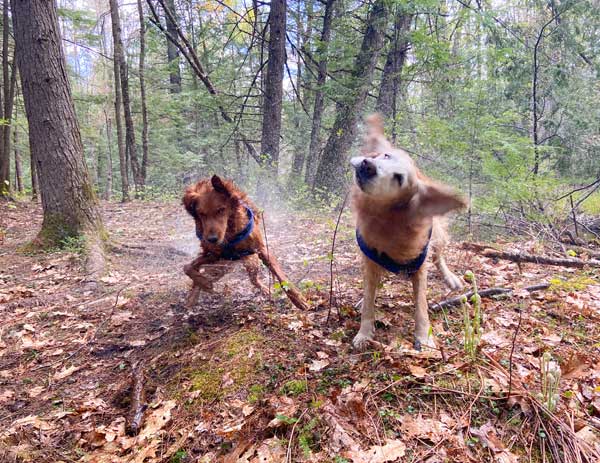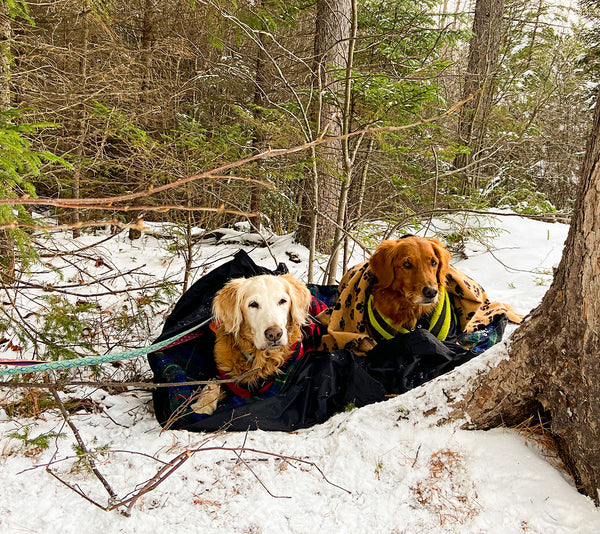FAQs
FAQ
Frequently asked question
Pair text with an image to focus on your chosen product, collection, or blog post. Add details on availability, style, or even provide a review.
Frequently asked question
Pair text with an image to focus on your chosen product, collection, or blog post. Add details on availability, style, or even provide a review.
Frequently asked question
Pair text with an image to focus on your chosen product, collection, or blog post. Add details on availability, style, or even provide a review.

